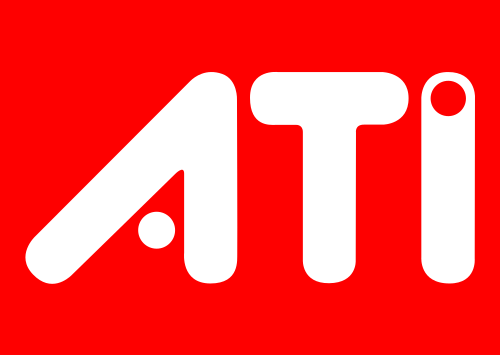
Nachdem Nvidia mit dem Detonator FX 44.03 einen nagelneuen Grafikchip-Treiber vorgestellt hat (News), legt nun auch Entwickler ATi einen neuen Catalyst nach. Aufgrund einiger Probleme mit Version 3.3, ging man gleich zu 3.4 über. Nun scheinen alle Schwierigkeiten behoben zu sein und der ATi Catalyst 3.4 steht offiziell zum Download bereit. Weitere Informationen in der Presseinfo (Englisch)...
"MARKHAM, Ontario – Starting today, computers featuring ATI’s RADEON™ based video cards get an extra performance boost thanks to the availability of CATALYST™ 3.4 from ATI Technologies Inc. (TSX:ATY, NASDAQ:ATYT). CATALYST is the industry’s leading software suite that includes unified driver and software applications for ATI’s RADEON family of graphics products. This software suite is based on the foundations of stability, performance, quality and innovation. Among its many new features, Version 3.4 is designed to improve video card performance by up to 30 per cent* in certain applications.
“From the time we launched the CATALYST software suite, we have been maintaining the most aggressive update schedule in the industry,” said Terry Makedon, Senior Product Manager of Software, ATI Technologies Inc. “Furthermore, all our drivers are fully approved by receiving Microsoft® Windows® Hardware Quality Labs (WHQL) certification. The fact that ATI has such large performance gains while having the best recognized image quality in the industry is a testament to our dedication to provide the world’s best software for graphic cards.”
Other CATALYST 3.4 enhancements include:
To ensure stable and reliable performance, ATI video card drivers found in CATALYST 3.4 have received Microsoft® Windows® Hardware Quality Labs (WHQL) certification. ATI continues the tradition of always providing their end users with Microsoft certified drivers for the highest quality..."
Die moderne digitale Arbeitswelt wird bekanntlich sehr stark von verschiedenen Programmen, Tools und umfassenden Software-Suiten geprägt. Microsoft 365 hat sich...
Gaming erlebt ein Jahr voller leiser Revolutionen. Nicht alles glänzt, nicht alles ist spektakulär. Doch bloße Leistungsdaten sind schon längst...
KIOXIA Europe hat heute die EXCERIA PRO G2 SSD Serie vorgestellt, das neue Performance-Flaggschiff im KIOXIA EXCERIA Personal SSD Portfolio....
Remote-Arbeit ist längst kein Ausnahmezustand mehr. Sie ist Alltag geworden – für Kreative, Entwickler:innen, Projektmanager:innen und viele andere, die nicht...
Der Desktop eines Windows-Rechners ist bekanntlich das Erste, mit dem die Nutzer nach dem Starten des PCs in Berührung kommen....

Mit dem ZOWIE XL2586X+ hat BenQ einen extravaganten Gaming-Monitor im Portfolio. Der 24,1 Zoll große Monitor verfügt über ein 600 Hz schnelles TN-Panel und spricht damit vor allem E-Sport-Profis an.

Mit der iCHILL Frostbite bietet INNO3D eine GeForce RTX 5090 Grafikkarte mit Wasserkühlblock von Alphacool an. Wir hatten die Gelegenheit diesen extravaganten Boliden im Testlab auf Herz und Nieren zu prüfen.